Everything is painted with extreme meticulousness, both in the rendering of details and in that of the atmospheric atmosphere. The artist's virtuosity is a testament to the art of miniature painting.
The work is in very good condition. The paper is slightly yellowed (visible in the clear sky, upper right corner). It is placed under glass, in a 19th century frame, in gilded wood decorated with water leaves.
The back of the work shows that it was attributed to Eugène Cicéri at an auction in Troyes in 1922.
The artist
Étienne Eugène Cicéri was born on January 27, 1813 in Paris and died on April 21, 1890 in Bourron-Marlotte. He was the last son and student of the painter and scenographer Pierre-Luc-Charles Cicéri (1782-1868), and the grandson of the painter Jean-Baptiste Isabey (1767-1855). His mother was the sister of the painter Eugène Isabey (1803-1886).
He received his first teaching from his father, as well as from his uncle Eugène Isabey. Eugène Cicéri was then influenced by the Barbizon School. He worked on landscapes in Fontainebleau and its surroundings, and was one of the first artists to settle in Marlotte (later Bourron-Marlotte), a village where he settled in 1849.
He exhibited for the first time at the Salon in 1851. The following year, his View taken on the banks of the Loing earned him a second-class medal. Painter and watercolorist, he sacrificed to the fashion of "traveling artists" and published collections of lithographs based on his drawings, which demonstrate a greater concern for realism than his romantic predecessors, using the new medium of photography as documentation.
His works are present in several French museums: Louvre Museum, Ursuline Museum (Mâcon), Museum of Fine Arts of Rennes, Magnin Museum (Dijon), as well as in Angers, Troyes, Brest, Perpignan. His collections of lithographs and watercolors are preserved in various institutions, testifying to his contribution to naturalist engraving.
Work visible at the gallery (07240)
Shipping: contact us for shipping costs in France and abroad.






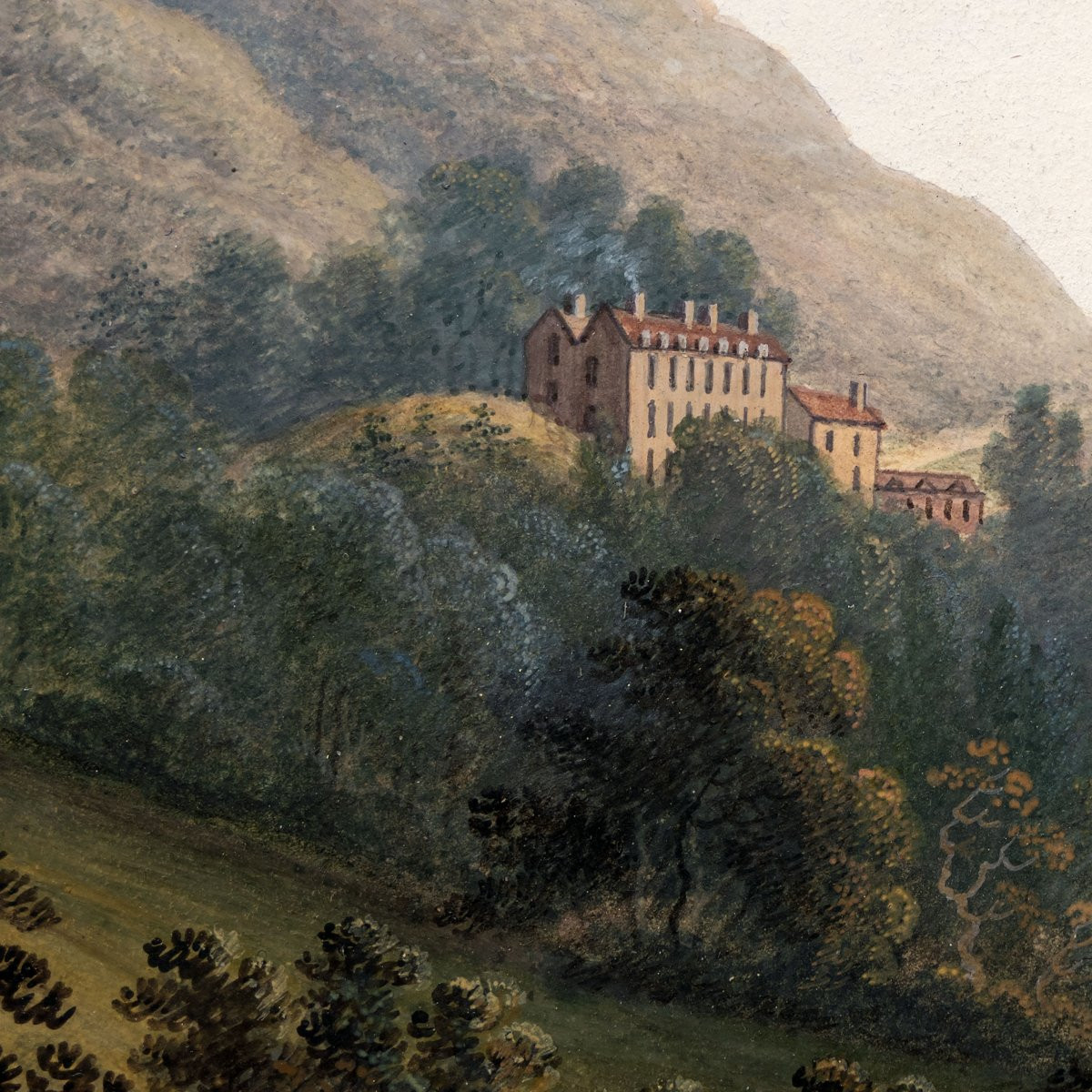
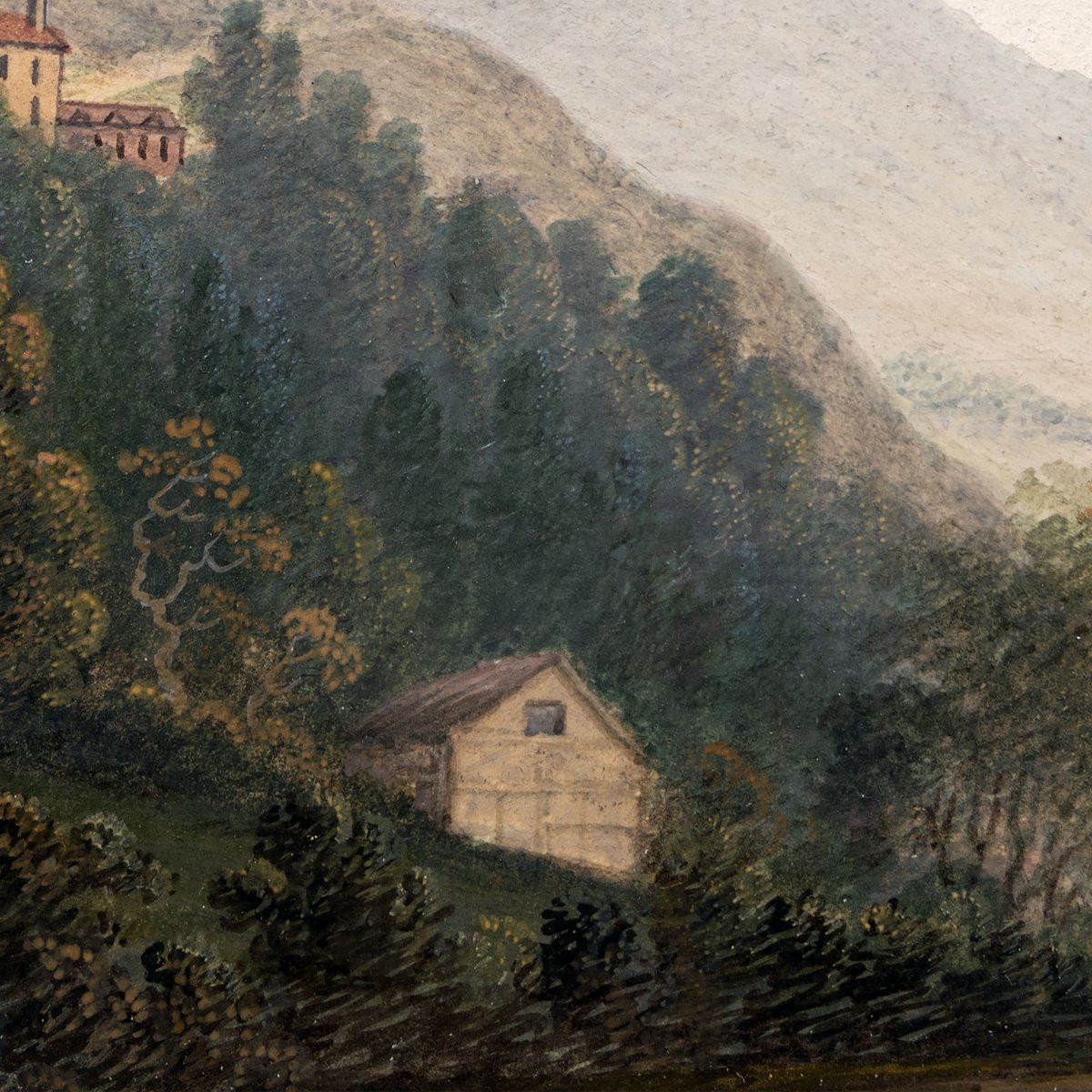


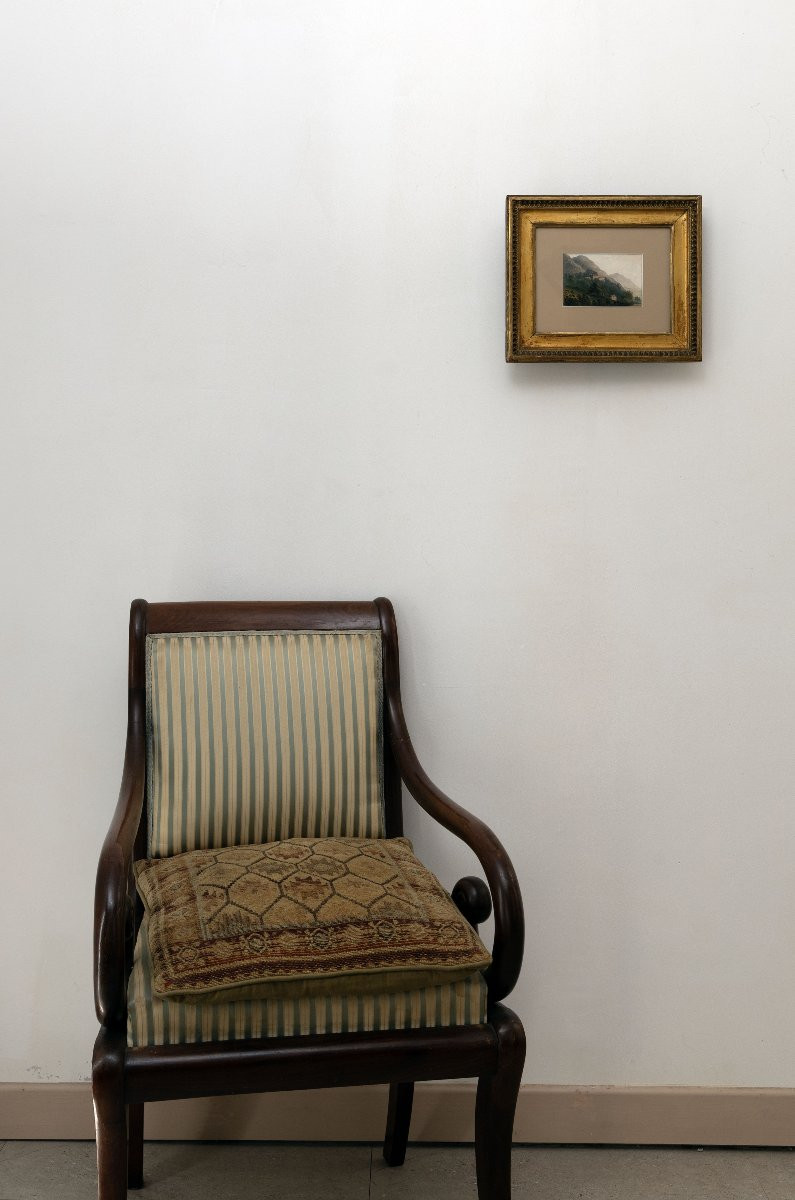














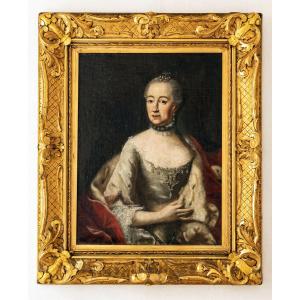




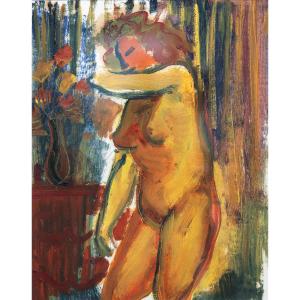













 Le Magazine de PROANTIC
Le Magazine de PROANTIC TRÉSORS Magazine
TRÉSORS Magazine Rivista Artiquariato
Rivista Artiquariato